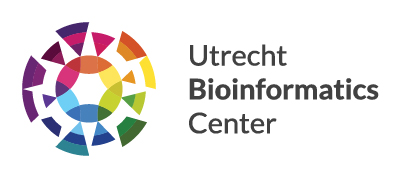Usability and accessibility are cornerstones of HADDOCK, and this has been the focal point of the continuous and user-driven development of the web service, which has been taking place since 2016 with the support of BioExcel. The HADDOCK web service is available free of charge for non-profit users upon registration. This registration is a necessary step to enhance user experience, by having an account users able to access a workspace that keeps track of submissions and easily request support if they encounter errors; the registration also allows us to provide anonymized usage statistics to the various funding agencies.
In October 2024 the WeNMR Portal, which hosts the HADDOCK web service (and several others) reached the milestone of 50’000 worldwide users from close to 150 different countries (Figure 1A) (wenmr.science.uu.nl/new/stats), which still follows an exponential growth (Figure 1B). By using the web server, users gain access to computational resources that would otherwise be unavailable to them, allowing researchers all over the world to gain a deeper understanding of their field of research. This infrastructure is also regularly used for educational purposes (e.g., teaching assignments). User submissions typically translate into a few hundred to thousands of individual compute jobs. Most of them are distributed on the High Throughput Computing (HTC) resources of the European Open Science Cloud (EOSC) facilitated by EGI and EU-related e-Infrastructure projects over years, resulting in about 8 million HTC jobs being processed per year (not counting local cluster usage), exhausting over 65 million CPU hours/year (stats from 2022/2023). Since the COVID pandemic, both the number of active users on the portal (Figure 1C) and the number of submissions (Figure 1D) have almost tripled, showing an increasing trend over the last two years.
Under BioExcel, and driven by user-requirement, HADDOCK and its web infrastructure are being further developed (see https://bioexcel.eu/haddock-new/).

Figure 1: A) World map of HADDOCK users. B) Cumulative number of registered HADDOCK server users since the launch of the web portal in 2008. C) Number of active users per month since 2020 (an active user is defined as a user doing at least one submission to the portal). D) Number of successfully processed user submissions per month since 2020.

